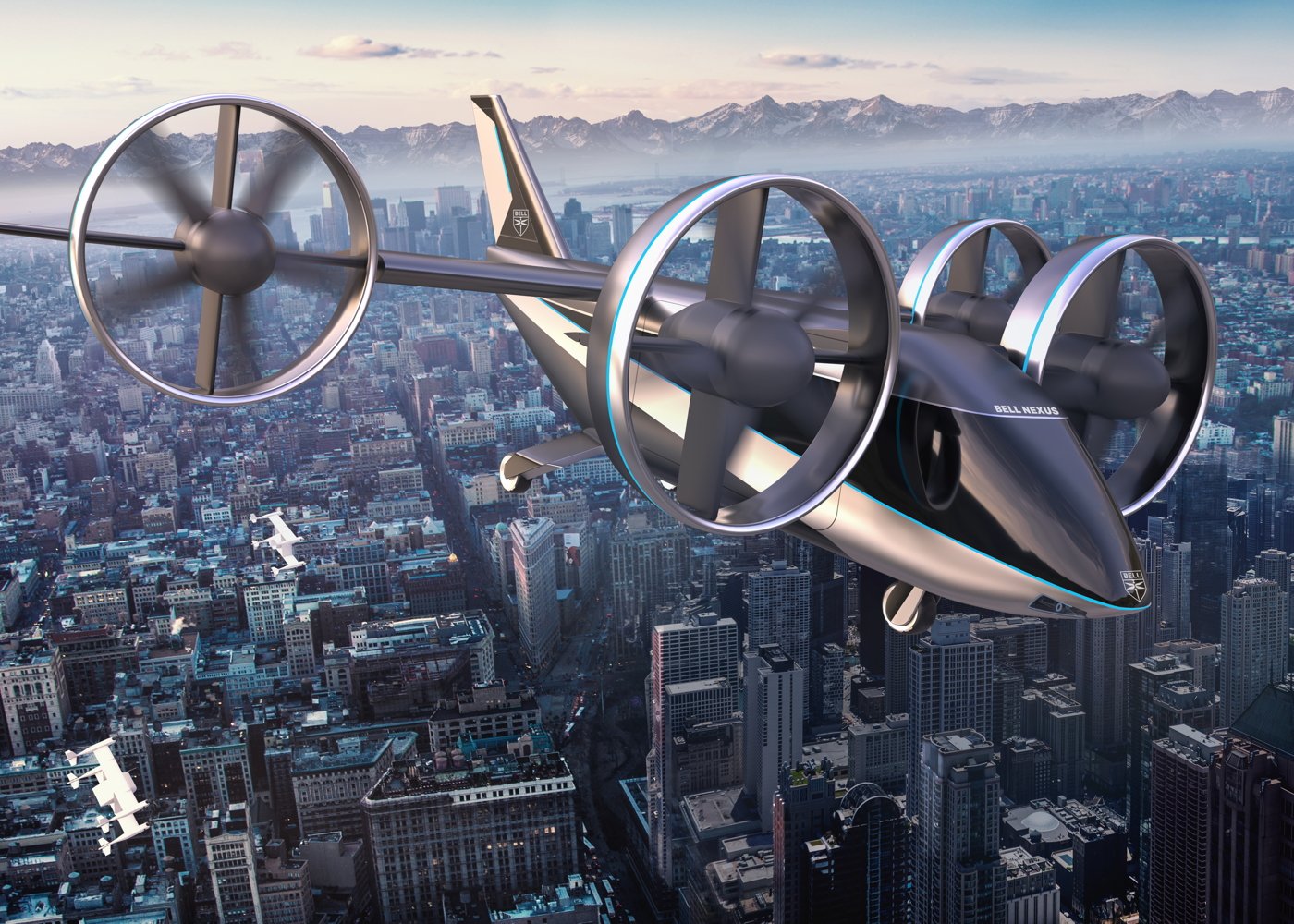Textron’s eAviation division is continuing work on its Nexus eVTOL prototype aircraft and is aiming for a first flight “in a couple of years,” according to division president and CEO Rob Scholl. This marks a change of course for the U.S. company, which previously indicated that it had dropped plans to bring the model to market.
For now, work is proceeding on the design and build of the latest iteration of the hybrid-electric aircraft Nexus 4 EX, which Textron unveiled in January 2020. A dedicated team within the new eAviation business unit based in Wichita is now leading the program, with support from colleagues from other Textron divisions, including Bell, Textron Aviation, automotive supplier Kautex, and newly acquired Slovenia-based light aircraft manufacturer Pipistrel.
Back in November 2021, Scholl indicated to FutureFlight that it no longer viewed the Nexus as an active program. He explained that Textron would not proceed with the full development of an eVTOL vehicle until it could make the business case for doing so, implying that this was heavily predicated on significant advances in battery technology.
Given its background in certifying the all-electric Velis Electro fixed-wing training aircraft and its previous work on various eVTOL designs, Pipistrel’s contribution could be especially valuable with the Nexus. “There are a lot of synergies [within Textron] on the advanced air mobility side,” Scholl told FutureFlight in an interview this week. “People find the work that we're doing exciting and interesting.”
However, Scholl threw shade on any notion that Pipistrel’s input would mean the market could eventually expect a dramatically smaller version of the ducted fan Nexus, an initial mockup of which was first revealed in 2019. “I think the size of Nexus reflects, in my opinion, an aircraft that will be usable for the market. Battery technology now is going to drive you to a larger design to carry those batteries. Regulatory certification requirements are going to end up adding more structure to the aircraft. When it comes right down to it, you have to have an aircraft that customers are going to want to pay to fly in. Those factors drive you to a larger airframe in the air taxi space.”
While this will at first be expensive, Scholl said, the price of the four-passenger aircraft should come down over time with economies of scale. “We're trying to design this aircraft that we think will be useful in the real world,” he said. Citing Textron’s long experience with certified business aircraft programs via its Bell, Beechcraft, and Cessna brands, Scholl said eAviation seeks to bring “some reality” to the urban air mobility product space. “The credibility of Textron resonates with [potential] markets and users of the aircraft.”
Scholl said the pace of the Nexus program would be driven by both technological and regulatory factors. “You need to see the whole supply chain coming together to get the cost of these aircraft down so that, in the end, the operator has a usable business case. We have to make sure we [offer] an aircraft that is robust in terms of operational costs so that operators can be effective in their business model,” he said.
